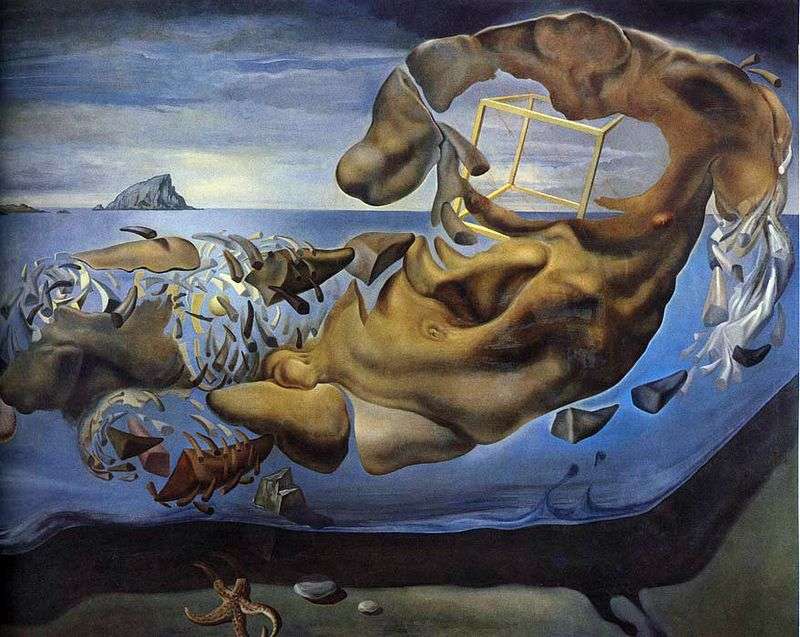
The painting refers to a time that Dali described as “almost divine, the strict period of the rhinoceros horn,” arguing that the bend of this horn is the only absolutely true logarithmic spiral in nature and therefore the only perfect form.
In the spirit of Dali’s characteristic logic – or critical paranoia – this insight came to him while copying a painting that did not give the artist a rest for several decades – a quiet, enchanting, flood-lit ‘Veer lace-maker’.
In the mid-fifties, Dali even made a film called The Amazing Story of the Lacemaker and Rhinoceros, in which he participated himself, a reproduction of Vermeer’s painting and a live, albeit reliably isolated, rhinoceros. Here one of the torsos of the Parthenon, the work of the most famous of the ancient Greek sculptors of Phidias, is dismembered into fragments in the form of a head and rhino horns that hang over the typical marine landscape of Dali, which in turn hangs over the bottom without touching it.
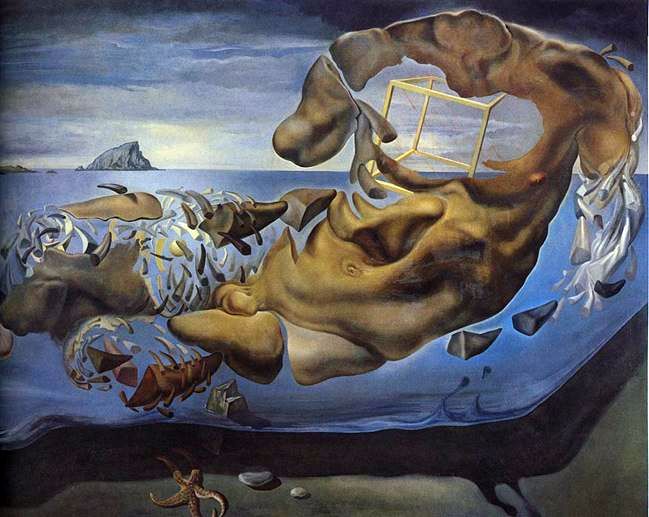 Figure en forme de rhinocéros d’Ilissa Phidias – Salvador Dali
Figure en forme de rhinocéros d’Ilissa Phidias – Salvador Dali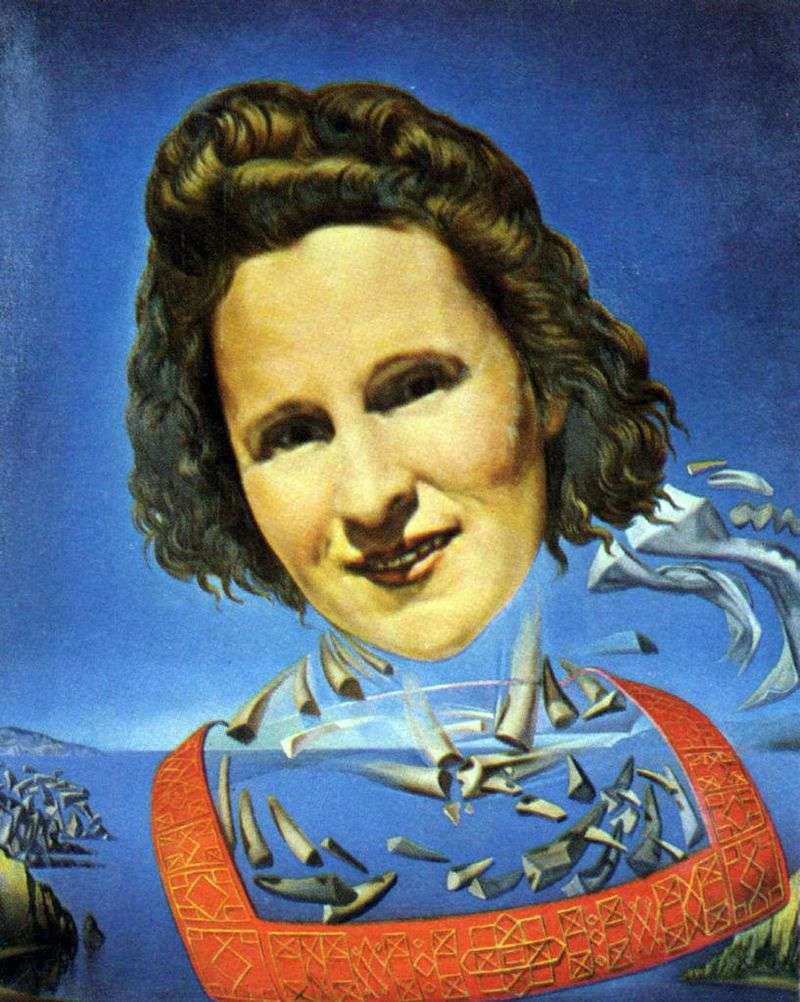 Portrait of Gala with tusks of rhinoceros by Salvador Dali
Portrait of Gala with tusks of rhinoceros by Salvador Dali Live Still Life by Salvador Dali
Live Still Life by Salvador Dali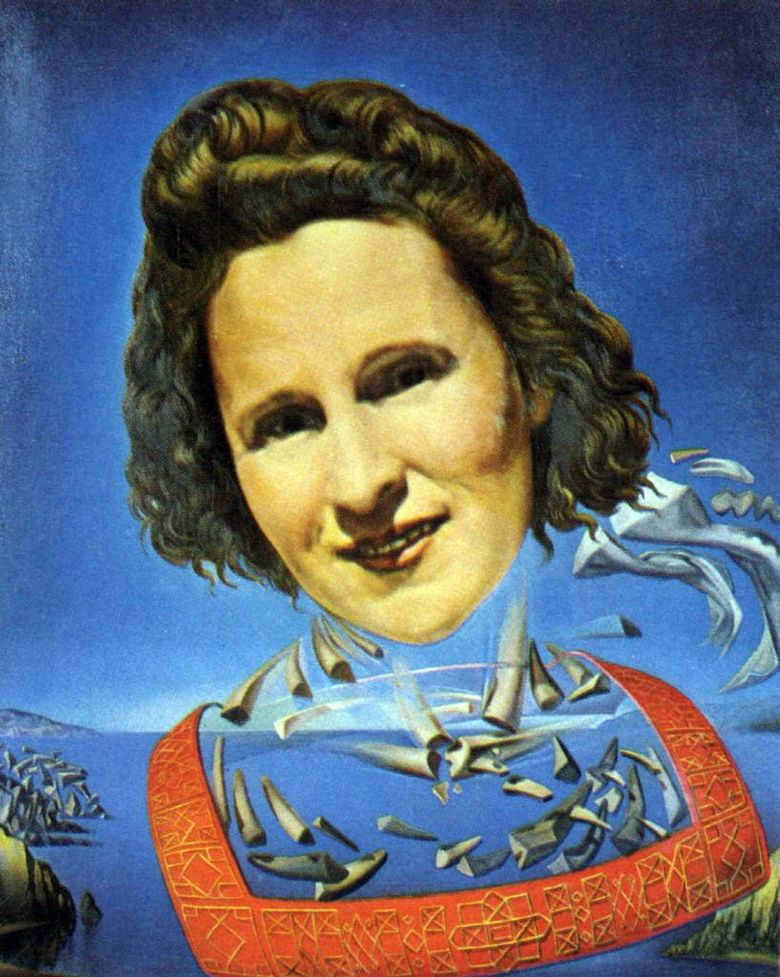 Portrait de gala avec des défenses de rhinocéros – Salvador Dali
Portrait de gala avec des défenses de rhinocéros – Salvador Dali Character, inspired by the figure of Adam from the plafond of the Sistine Chapel in Rome by Salvador Dali
Character, inspired by the figure of Adam from the plafond of the Sistine Chapel in Rome by Salvador Dali Self-portrait with “Yumanite” by Salvador Dali
Self-portrait with “Yumanite” by Salvador Dali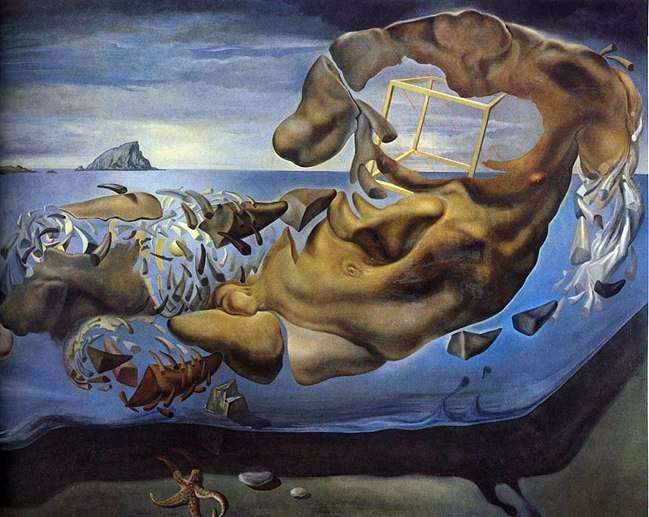 La figura costosa de Ilissa Phidias – Salvador Dali
La figura costosa de Ilissa Phidias – Salvador Dali Portrait of my deceased brother by Salvador Dali
Portrait of my deceased brother by Salvador Dali